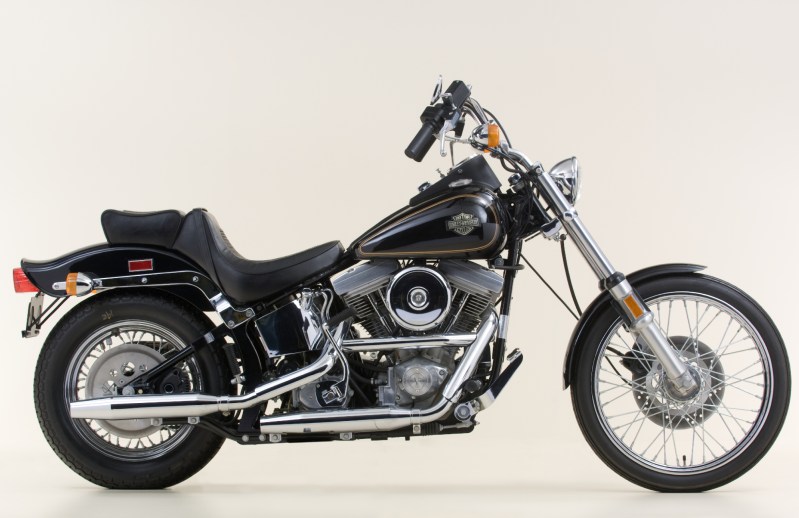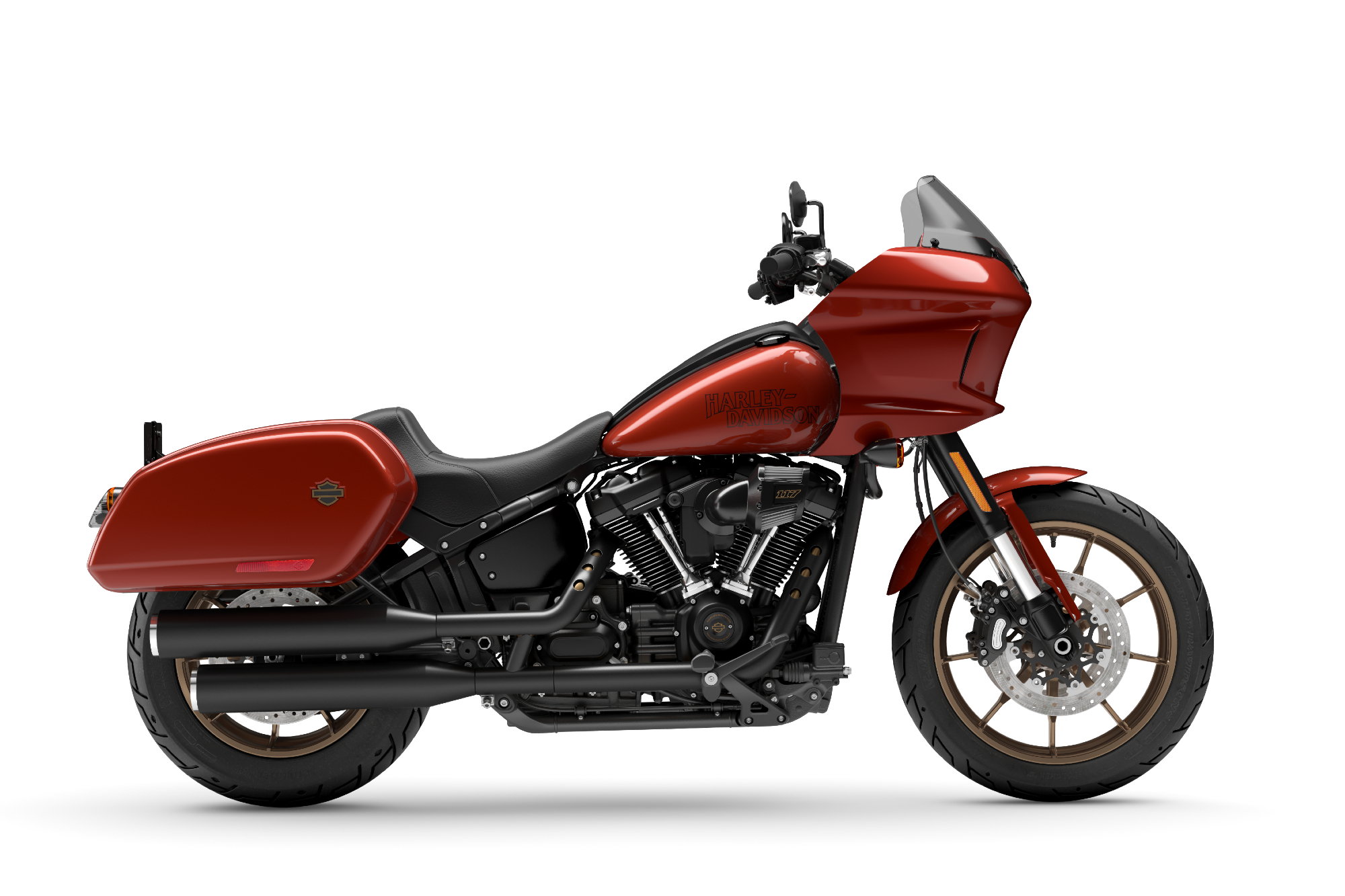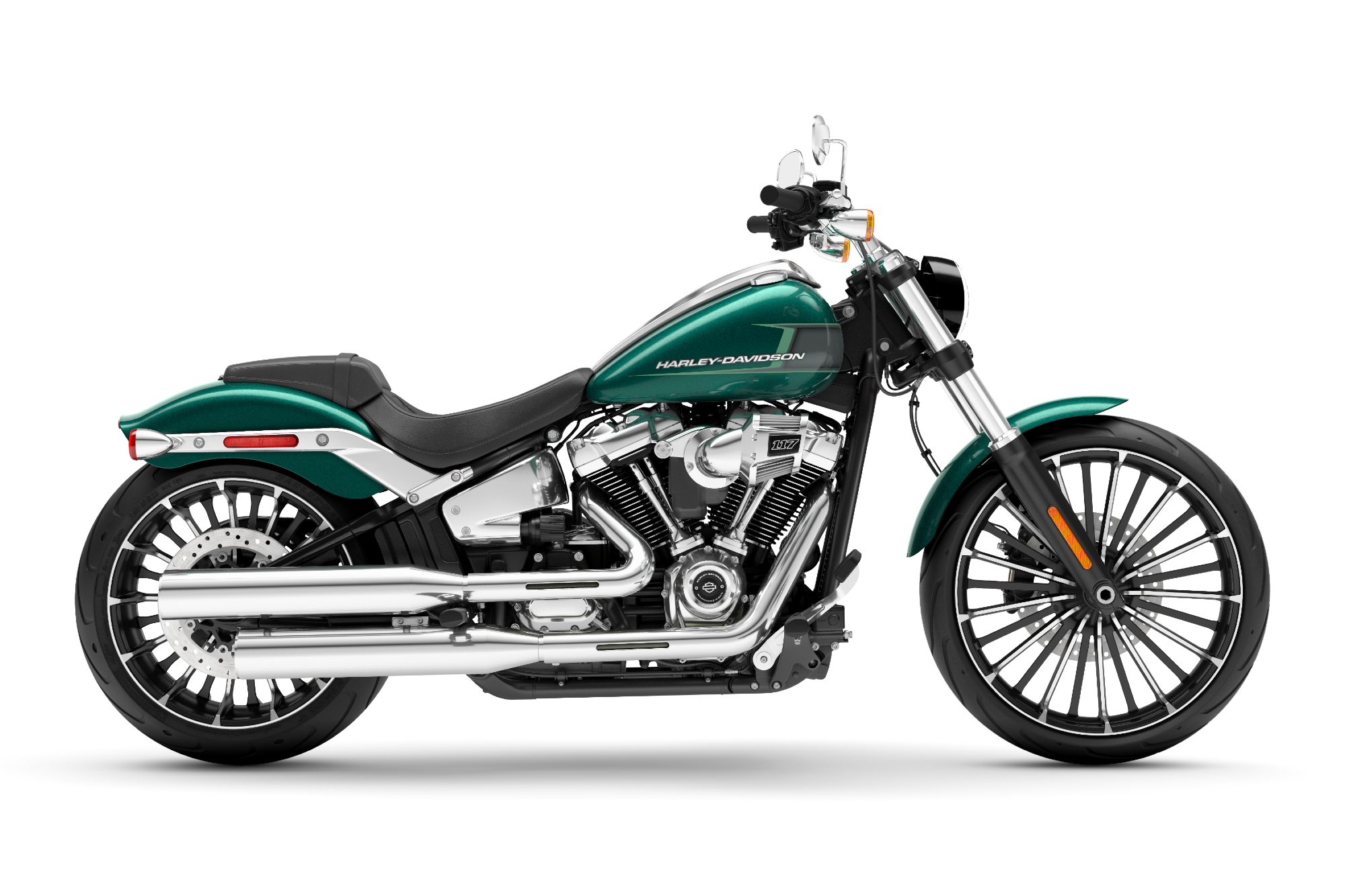
Although it was a controversial decision, Harley-Davidson’s introduction of the Softail chassis platform in 1984 helped the motorcycle company attract new riders. Purists insisted that a suspension-less, hard tail design was the only true Harley, but the Softail platform was the foundation for many of the company’s most successful motorcycle models.
Why the Harley-Davidson Softail matters

The earliest motorcycles, including Harley-Davidsons, had no rear suspension. Riders who wanted to customize and personalize their bikes, which had been common since the early 1900s, believed that any form of rear suspension looked messy and limited the design flexibility for customization. Also, in some minds, riding a motorcycle wasn’t supposed to be about comfort beyond a front suspension and a seat with springs. From the traditionalist’s perspective, motorcycles were for hard riding, speed, and independence.
The 1984 Harley-Davidson FXST Softail maintained the hard tail’s straight frame member that extended from under the seat to the rear wheel hub. The appearance was clean and uncluttered. The suspension was hidden from view within the motorcycle’s swingarm. but that didn’t prevent it from helping smooth the ride. During the last 40 years, softail engineering has evolved, but not at the expense of the vintage hard tail appearance.
Today’s Harley-Davidson Softail motorcycles
Harley-Davidson’s 2024 model lineup includes eight Softail cruiser models:
- Softtail Standard, starting at $14,999
- Street Bob 114, starting at $16,999
- Low Rider S, starting at $19,999
- Low Rider ST, starting at $23,399
- Breakout 117, starting at $22,499
- Fat Boy 114, starting at $21,999
- Heritage Classic 114, starting at $22,499
- Hydra-Glide Revival, starting at $24,999







